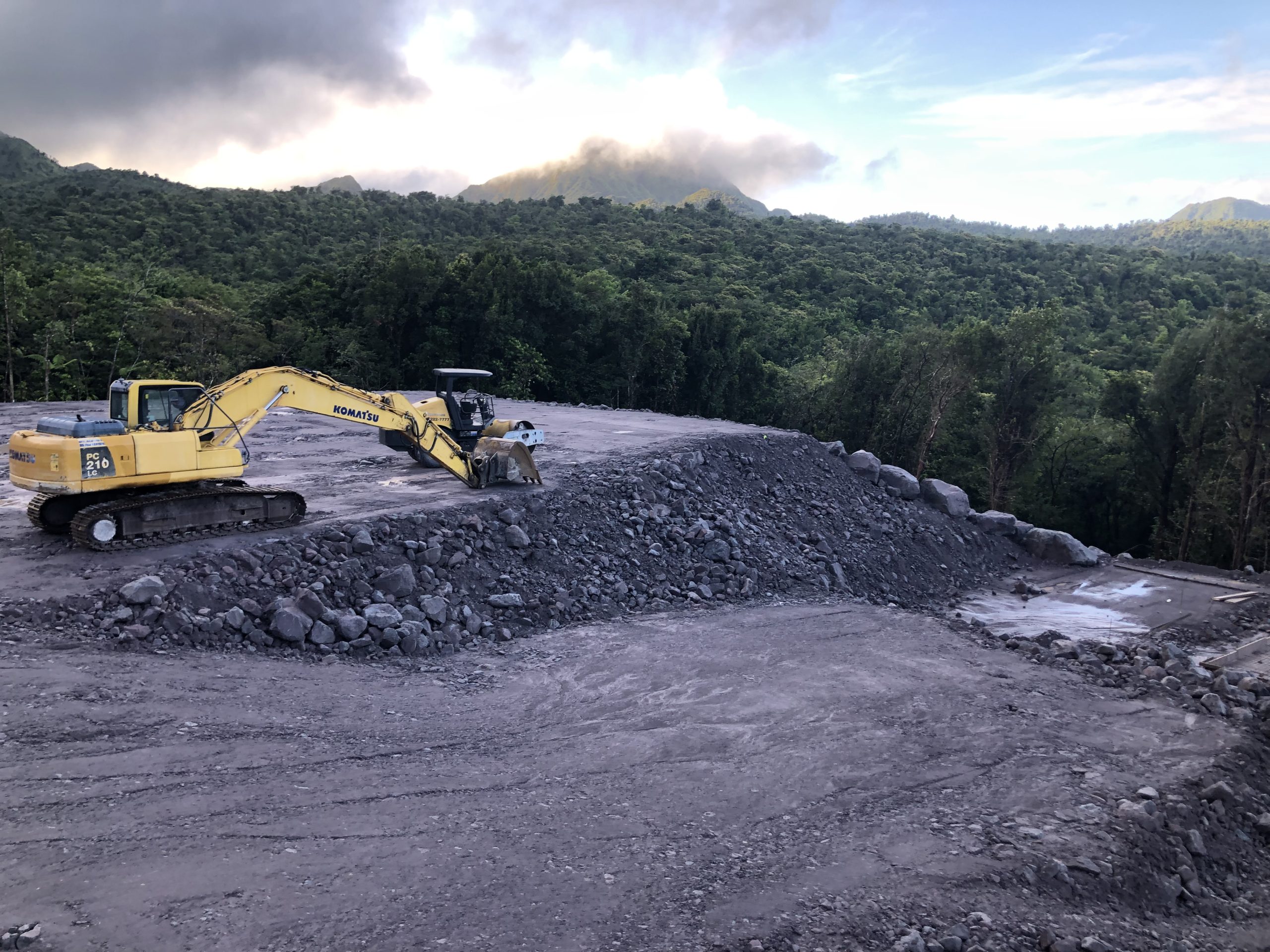
The construction industry plays a vital role in GDP all over the globe. As the demand for the construction of buildings and infrastructure is continuously increasing due to growth and development and changing needs, there is value to adopt sustainability principles in all aspects of project management such as site selection, design, construction, procurement, staffing, operation, and maintenance.
The challenge for sustainable construction and engineering is to adequately design, develop, and implement.
Law Insider defines – sustainable building as a building that is healthy and comfortable for its occupants and is economical to operate while conserving resources, including energy, water, and raw materials and land, and minimizing the generation and use of toxic materials and waste in its design, construction, landscaping, and operation.
In our region, the challenge we face in designing sustainable buildings, usually relates to: lack of innovation in sustainable and durable materials, and often professionals do not encourage the use of sustainable building systems that are durable and environmentally friendly (eg water capture systems, renewable energy systems, well-ventilated spaces, durable and low maintenance materials). In addition, building regulations, standards and specifications are not sufficiently enforced/managed to enable the evaluation of building systems from a sustainability point of view. That said our communities have made significant strides particularly with embracing new millennium development goals as well as strategic processes towards becoming more climate resilient and green conscious.
Many construction projects in small island developing states (SIDS) are unsustainable.
Projects are often unsustainable because the technical and social aspect of sustainability are not fully considered.
To that end, several experts in the industry recommend these technical and social sustainability processes to projects in the developing world, to name a few:
1. Engage the community or related parties in the entire life cycle of the project
2. Design with sensitivity to the local culture
3. Design for maximum efficiency of limited water supplies
4. Design locally sustainable systems for energy efficiency and comfort
5. Design for the safety of the occupants by incorporating local codes while acknowledging international standards
6. Design projects that can be safely constructed by the local trades (given training opportunities)
7. Build using locally understood construction methods
8. Build with locally sustainable and affordable materials
9. Understand the micro-climates of areas we live in
10. Respect buffer zones in coastal regions
11. Understand the behavior of lands we wish to build on to mitigate negative risk
12. Environmentally conscious water management systems
13. Strategic use of native plants, trees, and grasses, for soil quality and water retention improvements
14. Natural light utilization for energy efficiency